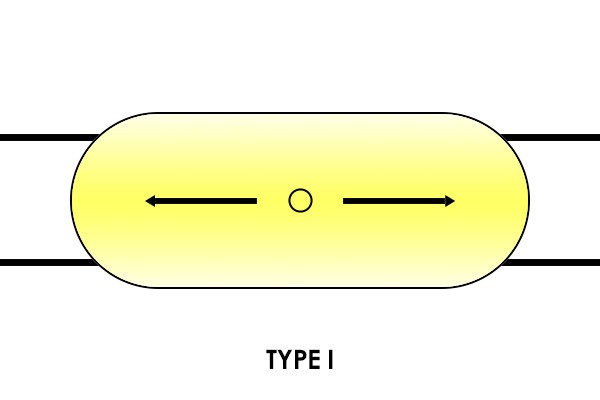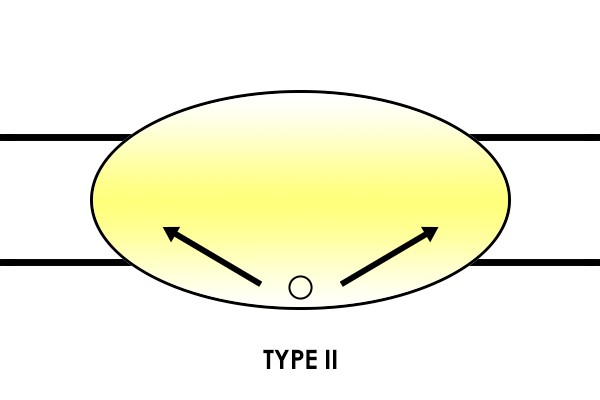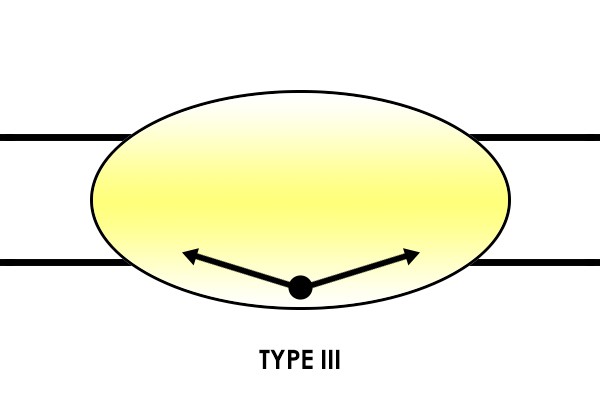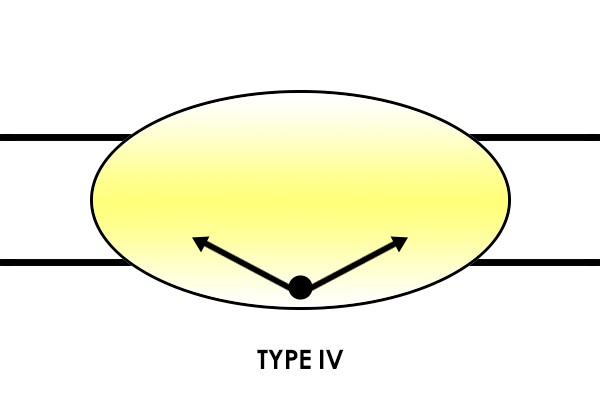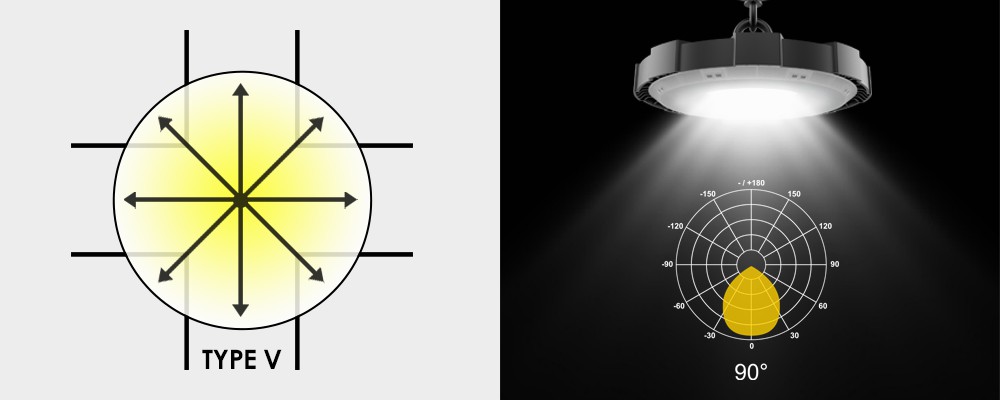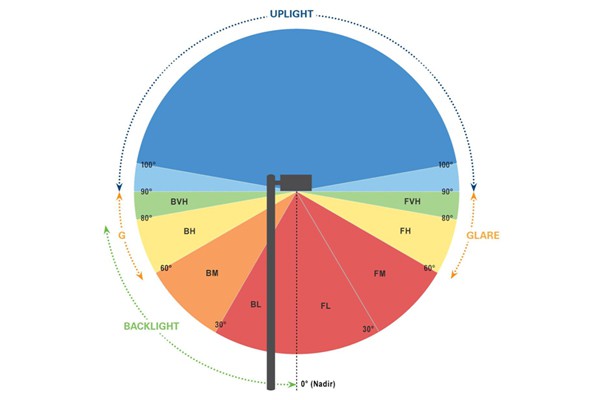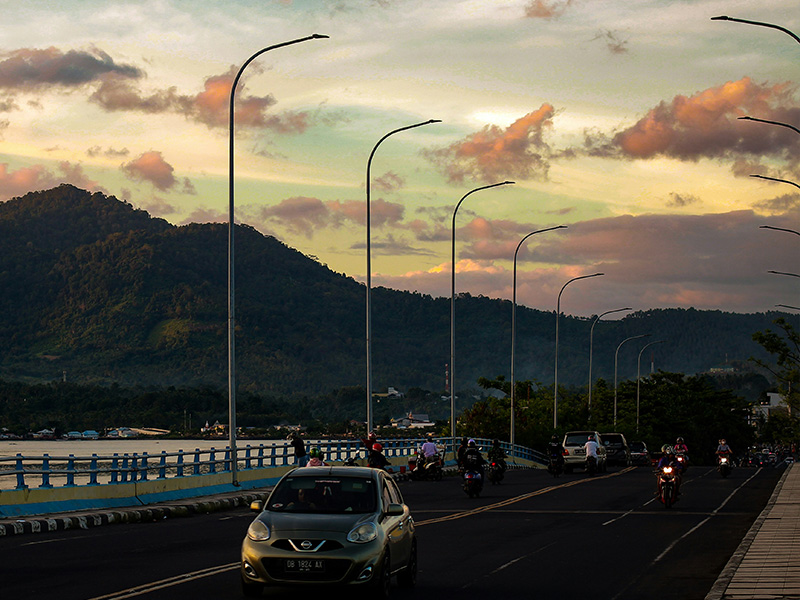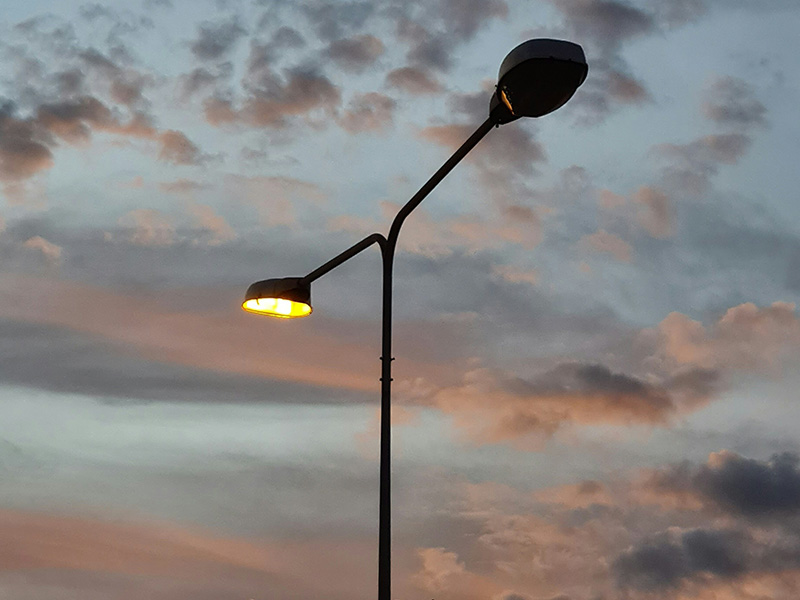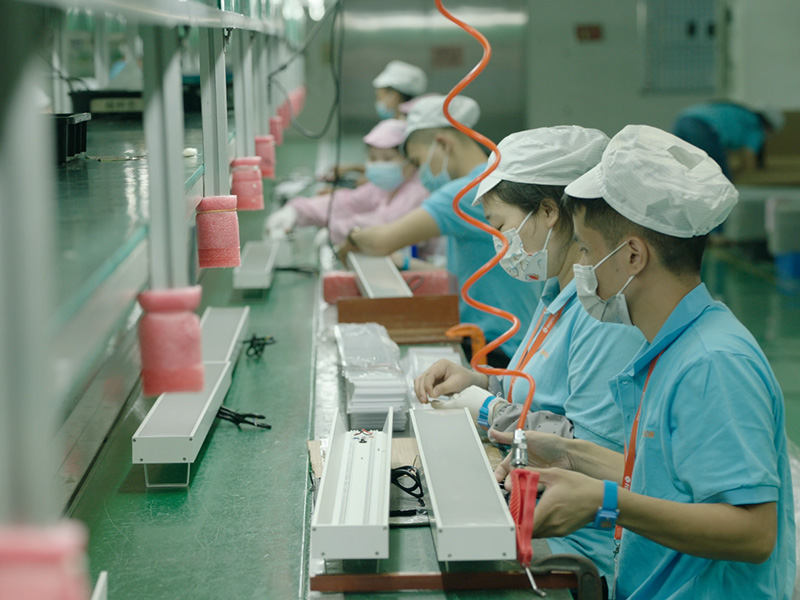Optimizing Lighting Distribution Types for LED Lights
With advancements in LED technology, it is now more convenient than ever to predict and direct where the light will go. For professional manufacturers or suppliers, understanding the lighting distribution type is crucial. Proper lighting distribution helps save on total luminaire quantities, ensures high-quality illumination, and reduces light spill and light pollution.
Below is a quick reference guide to different Distribution Patterns. Note that actual luminaire distribution patterns depend on the specific application and environment.
Type I Distribution:
- Ideal for lighting walkways, paths, and sidewalks.
- Best placed near the center of the pathway for smaller pathways.
- Two-way lateral distribution with a preferred lateral width of 15 degrees.
- Suited for luminaire locations near the center of a roadway where the mounting height equals the roadway width.
Type II Distribution:
- Used for wide walkways, ramps, entrance roadways, and other long, narrow lighting areas.
- Suitable for lighting larger areas, usually near the roadside.
- Preferred lateral width of 25 degrees.
- Applicable to luminaires located at or near the side of narrow roadways, where the roadway width is up to 1.75 times the mounting height.
Type III Distribution:
- Designed for luminaires mounted at or near the side of medium-width roadways or areas.
- Effective for areas with widths of 1.75 – 2.75 times the mounting height.
Type IV Distribution:
- Produces a semicircular light pattern, best for mounting on the sides of buildings and walls.
- Ideal for illuminating the perimeter of parking areas and businesses.
- Preferred lateral width of 60 degrees.
- Suitable for wide roadways where the roadway width is up to 3.7 times the mounting height.
Type V Distribution:
- Features circular symmetry of candlepower, uniform at all lateral angles.
- Intended for luminaire mounting at or near the center of roadways, center islands of parkways, and intersections.
- Suitable for large commercial parking lots and areas needing evenly distributed light.
- Commonly used for indoor applications like warehouse lighting and LED high bay products.
Environmental Considerations:
- Outdoor lighting systems are increasingly scrutinized for their environmental impact.
- Precise cutoff is required to eliminate urban sky glow, light trespass, and glare.
- The IES BUG (Backlight-Uplight-Glare) rating system replaces previous cutoff classifications and evaluates zonal lumen distributions.
- Backlight: Light opposite the main aiming angle, evaluated at high (60-80 degrees), medium (30-60 degrees), and low (0-30 degrees) angles.
- Uplight: Light propagating near or above horizontal, evaluated at high (100-180 degrees) and low (90-100 degrees) angles.
- Glare: Evaluated for forward and backlight at very high (80-90 degrees) and medium (60-80 degrees) angles.
Optical Control:
- Accomplished by reflection, refraction, diffusion, or transmission through lenses.
- Acorns and lanterns typically use reflectors, refractors, diffusers, and louvers to distribute light, control glare, and improve visual comfort.
- Contemporary post top lights may use TIR (Total Internal Reflection) lenses to create a precisely controlled light beam from LEDs.
For assistance with selecting suitable products for your projects, trust Mason’s professional LED lighting designers and optical engineers for expert support.

